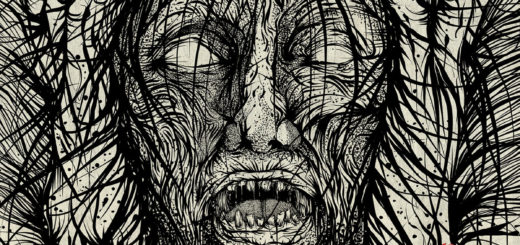The Thomas Top Five: 3/14/16
Our Editor-in-Chief listens to upwards of 50 albums per week, so why not let him share the five, presented alphabetically by artist, he thinks are the best for you to hear on this week’s installment of the Thomas Top Five?
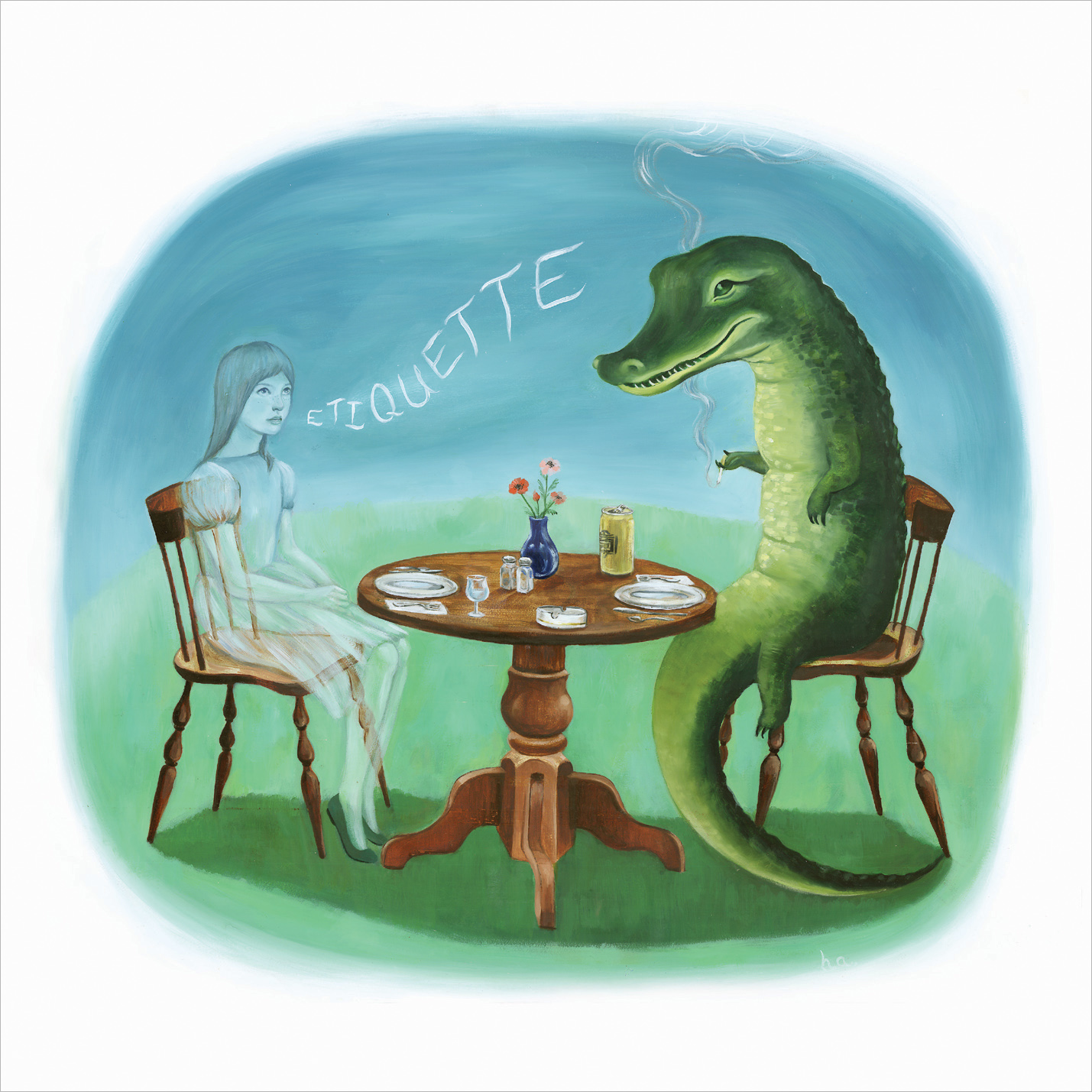
Casiotone for the Painfully Alone – ETIQUETTE
Genre: Indietronica
Year: 2006
Favorite Tracks: “I Love Creedence,” “Scattered Pearls,” “Don’t They Have Payphones Wherever You Were Last Night,” “Love Connection”
Full disclosure: This is one of those albums so formative to my relationship with music that it’s very hard to recommend objectively. However, I had such a visceral reminder of this album’s merits this past week that I felt the need to try. What continually impresses me about ETIQUETTE even five years later is how unassuming and quintessentially ordinary it is. That doesn’t sound like a ringing endorsement, but there is quite simply no other artist that manages to signify and represent middle-class malaise the way Owen Ashworth does under his Casiotone for the Painfully Alone moniker. Both hopeful and destitute, apathetically observing the vaguely morose occurrences of day-to-day life, this is the most authentic aural representation of indiscriminate suburbia ever committed to record. I suppose the ephemeral nature of the intentionally tinny and mass-produced synthesizers will turn away some listeners, but c’mon folks, it’s literally in the band name. Rather than representing a lack of musical talent or ambition, Ashworth’s production choices more firmly cement his role as reclusive bard; who better to espouse the crushing despair and occasional joy of the quintessentially recyclable lifestyle than a sad bearded man making music by himself on a solitary keyboard? Have you ever stopped to think about just how many people will die absolutely irrelevant, merely having existed rather than lived? This is their soundtrack.
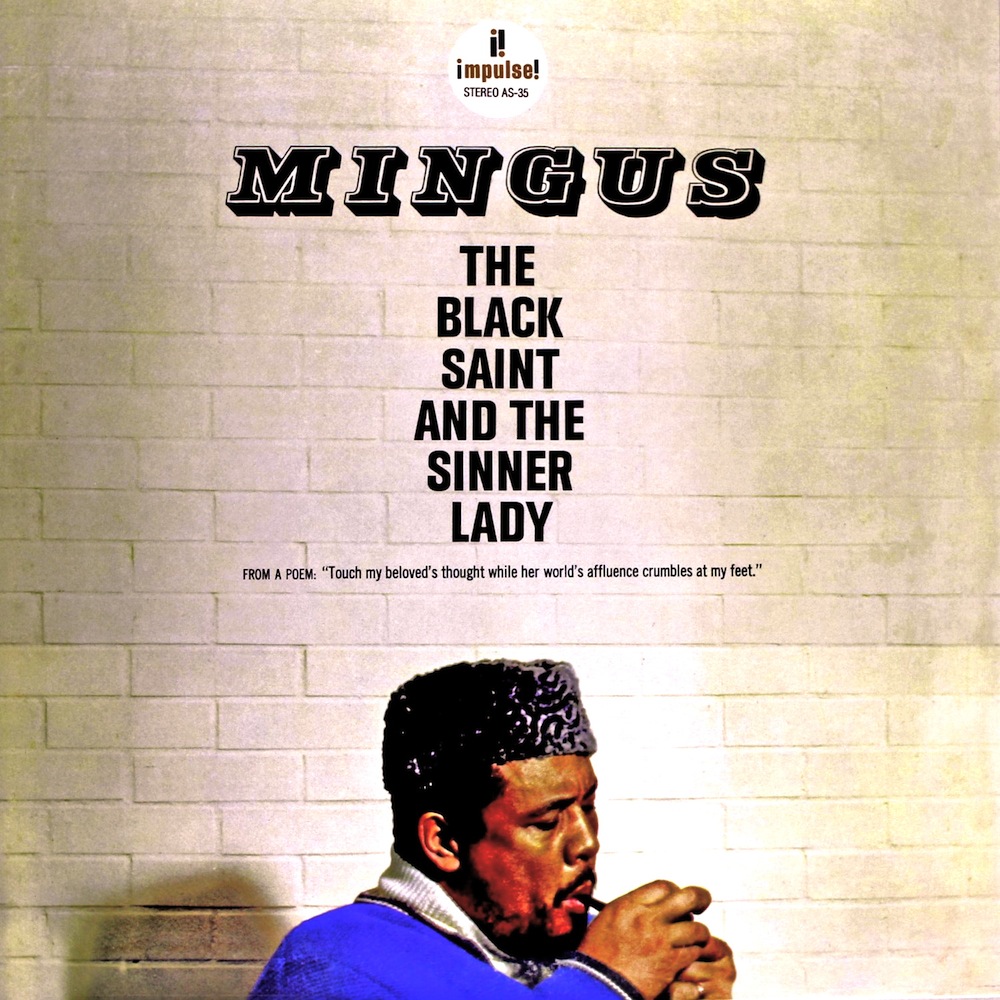
Charles Mingus – THE BLACK SAINT AND THE SINNER LADY
Genre: Avant-Garde Jazz, Third Stream
Year: 1963
Favorite Tracks: “Solo Dancer [Stop! Look! And Listen, Sinner Jim Whitney!],” “Group Dancers [(Soul Fusion) Freewoman and Oh, This Freedom’s Slave Cries]”
THE BLACK SAINT AND THE SINNER LADY may be the best introduction to jazz that can be hoped for. Don’t let the “avant-garde” label scare you away; while it certainly is true that complex polyrhythmic texture is present and far richer than on the standard jazz release, you have to trust me, the character of this album makes it infinitely more accessible to the wayward ear than even the most highly regarded of jazz classics. As many before me have pointed out, this is the sound of a city, with all of the danger, sexuality, melancholia, joy, industry, and intimacy that those landscapes entail. You try to listen to one minute of any track and not feel yourself immediately transported to an inebriated 4 AM stroll through a metropolis, gazing in awe and wonder at the lights and sights all around you. Forgive me for being more esoteric than objectively appraising, but you can seek out the tomes written on the high level of instrumental proficiency on your own time. All I’m letting you know is that this is an album you’ll find yourself lost in nearly instantly, one of the few that is truly deserving of the title of masterpiece.
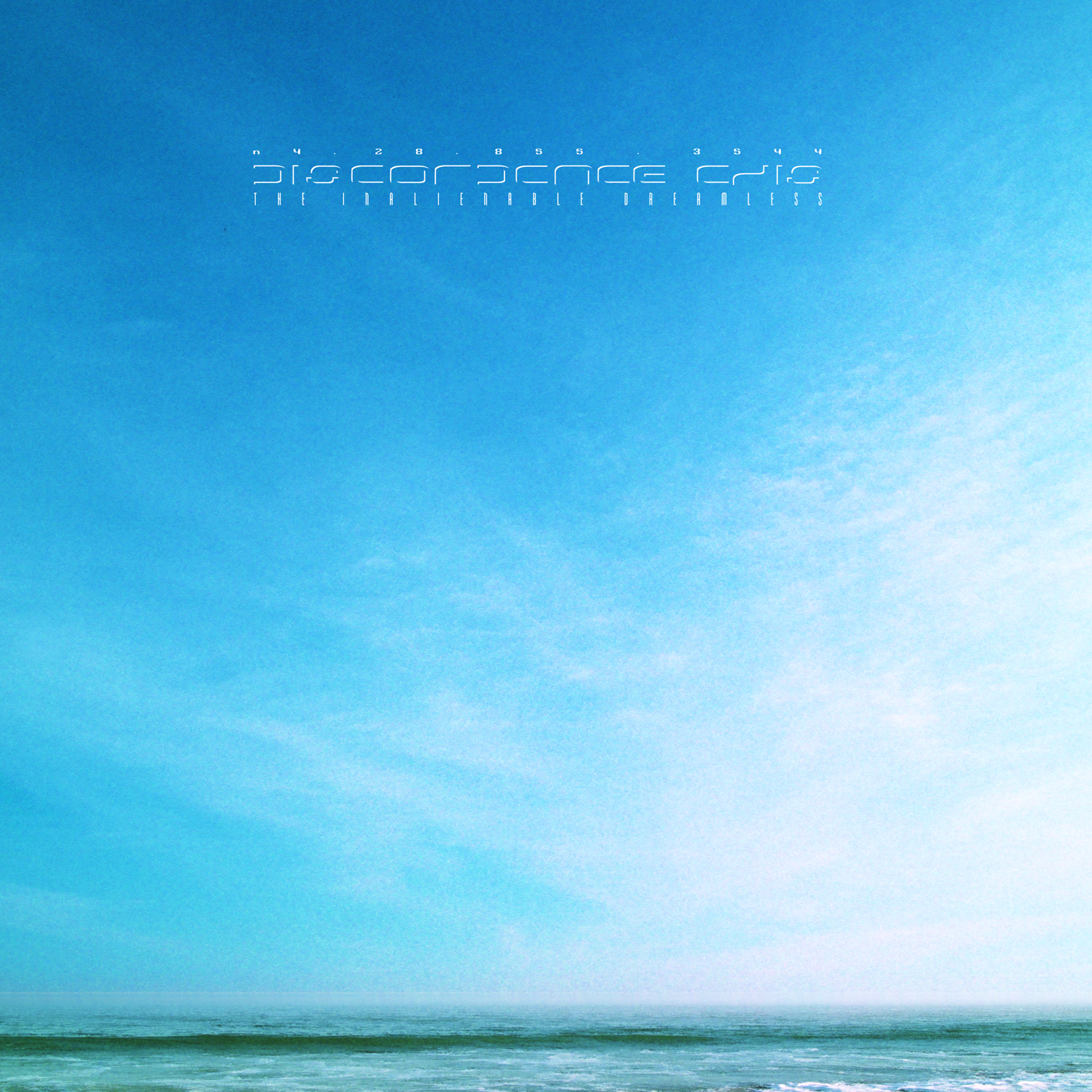
Discordance Axis – THE INALIENABLE DREAMLESS
Genre: Grindcore
Year: 2000
Favorite Tracks: N/A
Hey, I get it, grindcore begins to sound the same after awhile. From its cover alone, if nothing else, THE INALIENABLE DREAMLESS posits itself as something different. What makes THE INALIENABLE DREAMLESS stand out is the steadfast refusal of the band to rely solely on the overbearing intensity demonstrated in the layman’s grindcore outing. What we have instead of the typical, cartoonishly-overblown affair are exceptionally technical, rapidly shifting rhythmic structures referencing angular noise rock riffage, black metal screeches, and plodding death metal gravitas. Never resting on its laurels for a second more than is warranted and even interspersing honest-to-goodness melody on occasion, Discordance Axis turn in what is inarguably the most mature release from this particularly virile subgenre. Also, literally fuck off and die if you can somehow remain unimpressed by Dave Witte’s drumming over the course of this behemoth. Also also, this is a grindcore album based on the anime NEON GENESIS EVANGELION; c’mon, you gotta be at least a little curious.

easyFun – DEEP TROUBLE
Genre: Bubblegum Bass
Year: 2015
Favorite Tracks: “Laplander,” “Full Circle”
Inarguably one of the most important voices in pop music of the last three years or so, A.G. Cook’s hyper-realist, overtly saccharine PC Music collective is changing the parameters of how we consume and market music designed for mainstream appeal. Although they’ve mastered the art of the club single, their DJ mixes often become lost in a mire of pseudo-intellectual, intense self-referentiality (such as the one coming from GFOTY, who makes it perfectly clear that, while she has absolutely no idea how to DJ, the club is paying her hundreds of dollars anyway for her persona). As such, DEEP TROUBLE makes a strong case for the EP as the medium best suited for these manic pixie voices. The strongest PC Music voice not explicitly attached to A.G. Cook or SOPHIE, easyFun turns in the expected overproduced female pop vocals, but gives them a much more untethered and uneasy bed of instrumentation to soar over, occasionally approaching the industrial (“Laplander”). Of course, as with any PC Music release, it’s easy to forget that this is also some of the best dance music we’ve been offered in years, and when the inventive trappings are stripped away, we’re faced with pure pleasure-center activation. The internet’s description of “warped sugar rush ecstasy trip” couldn’t be more accurate.
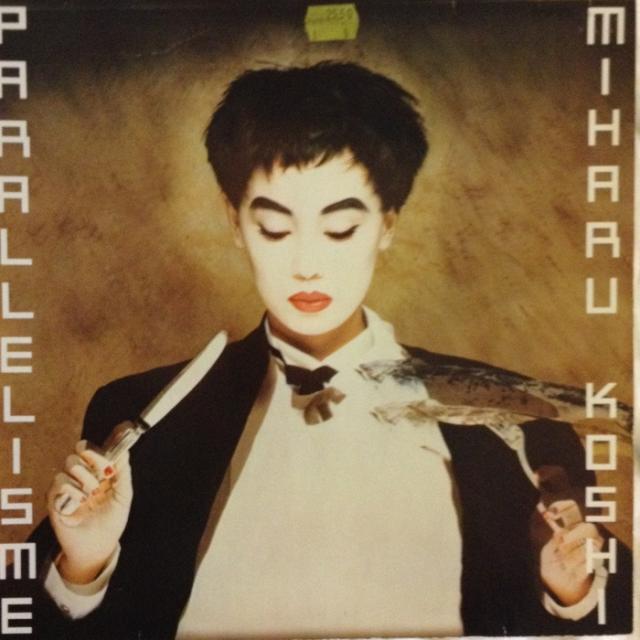
Miharu Koshi – PARALLELISME
Genre: Synthpop, Techno Kayo
Year: 1984
Favorite Tracks: “龍宮城の恋人,” “IMAGE,” “パラレリズム,” “メフィストフェレスを探せ!,” “Decadence 120”
Featuring the production assist of Haruomi Hosono, of groundbreaking and trendsetting Yellow Magic Orchestra fame, Japanese pop extraordinaire of yesteryear Miharu Koshi is given only the most sumptuous of synthetic soundscapes to flit through over the course of PARALLELISME. What’s particularly fun about this record is how illustrious and downright flamboyant it is; the appeal lays in the image of yourself done up in androgynous Kabuki makeup (a la the cover), simpering and strutting your way through the most affected of cabaret routines. Koshi’s commandeering of vocal presence aside, Hosono’s roiling array of synthesizers lustfully long for an efficient future amongst structures of the stars, attractively juxtaposing with Koshi’s classicist display of the dichotomy of naivety and lust. A consumer-grade electronics soundtrack to happy hour at a Shinjuku drag bar.



